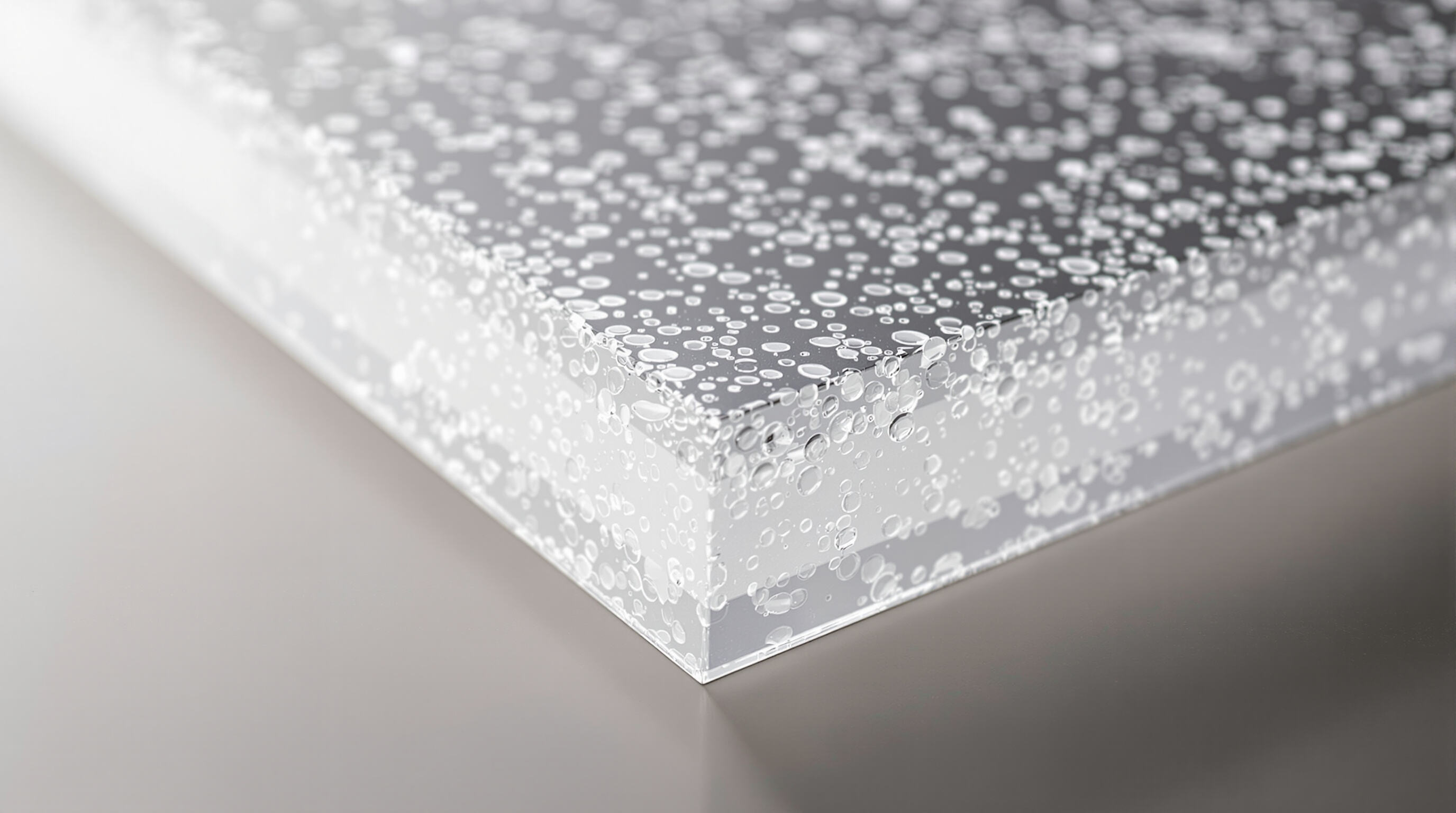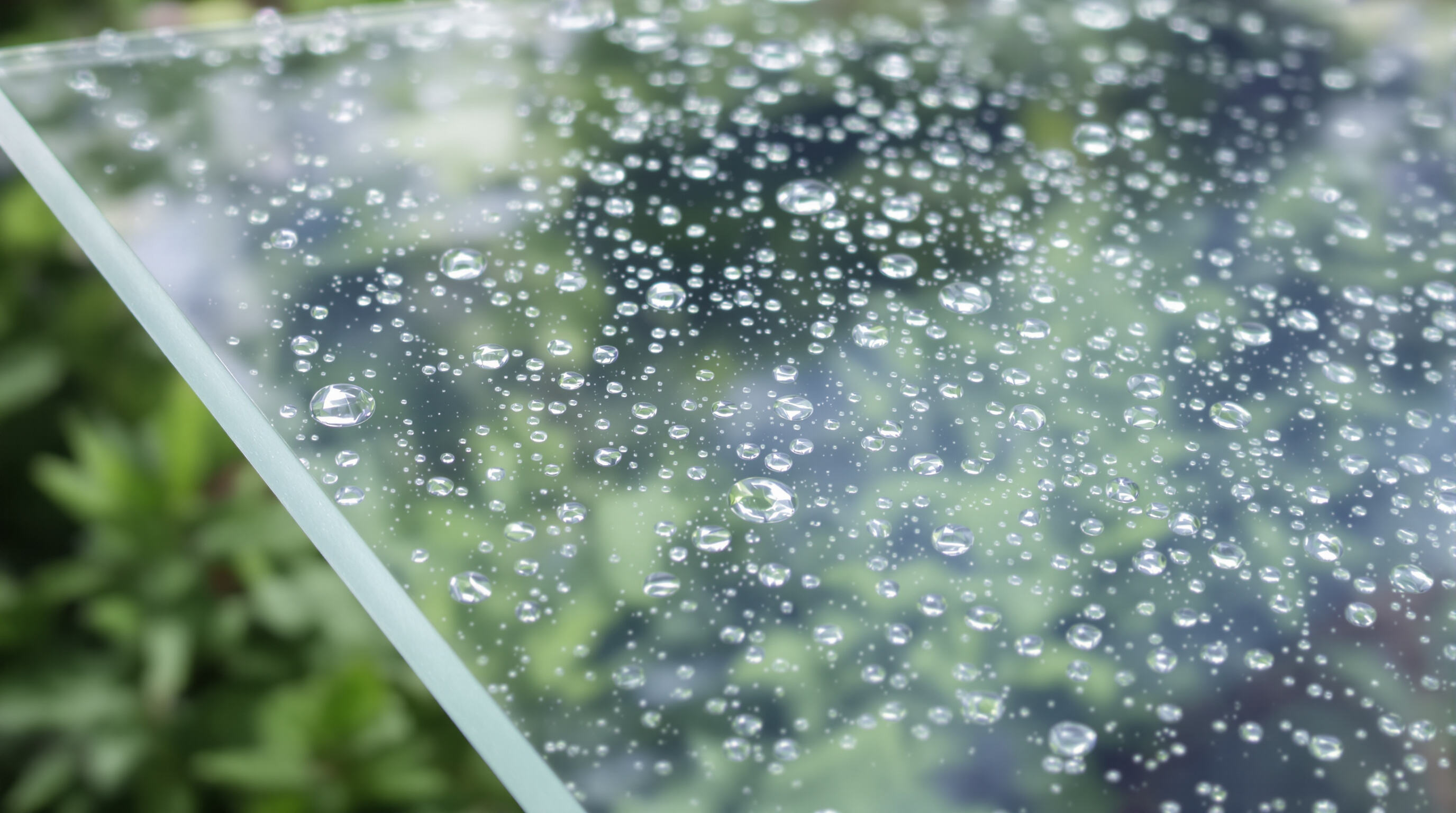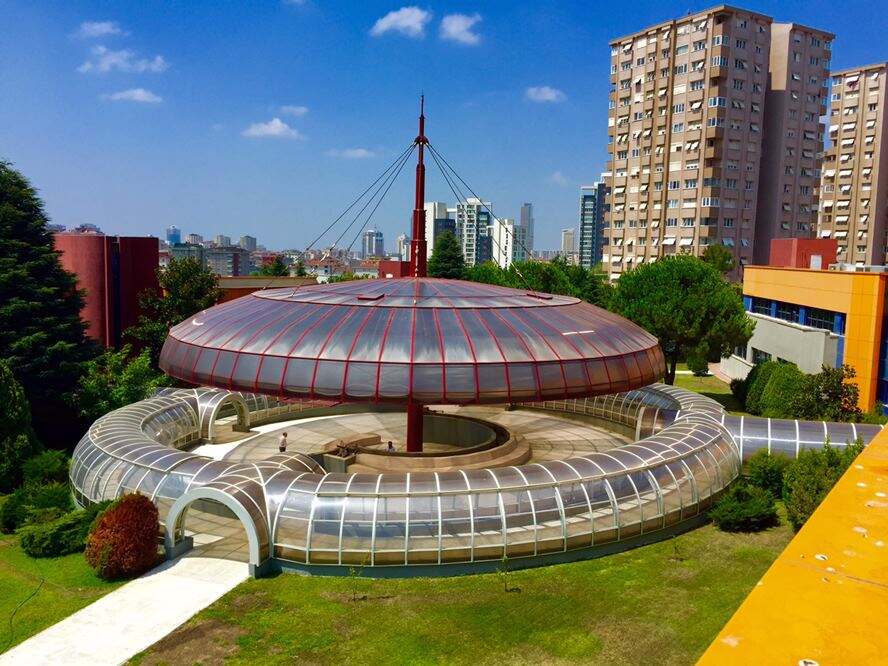Historical Evolution and Market Drivers of Transparent Polycarbonate Sheet Technology
From Inception to Innovation: The Development of Transparent Polycarbonate Sheets
Transparent polycarbonate sheets have an interesting history that starts back in 1898 when a German chemist named Alfred Einhorn discovered something called cyclic carbonates. What he found eventually led to the development of a really tough plastic material over many years. This new material could actually stand in for regular glass in situations where strength was important. The aerospace industry picked it up first, followed by car manufacturers who saw what it could do. Today's versions are incredibly strong too - they can withstand impacts around 200 times better than ordinary glass would. That kind of durability explains why we see them used so much these days instead of traditional glass materials.
Limitations of First-Generation Transparent Polycarbonate Sheets
Initial iterations faced significant hurdles. Yellowing under UV exposure reduced optical clarity by 40% within 5 years of outdoor use, while surface scratching compromised light transmission efficiency. These weaknesses confined early polycarbonate sheets to short-term indoor applications until material science advancements addressed these flaws.
Growing Market Demands for High-Performance Transparent Polycarbonate Solutions
The transparent polycarbonate sheet market looks set for big growth thanks mainly to construction projects and the renewable energy boom. Market research from MarketsandMarkets suggests it could hit around $2.8 billion by 2028 with about a 6.2% annual growth rate over the coming years. Many architects are starting to look seriously at materials that let through nearly 92% of available light while still standing up to severe storms and impacts something modern polycarbonate products actually deliver pretty well. This growing interest makes sense when we consider how buildings need to become greener and more efficient these days, especially as climate change brings more frequent extreme weather conditions that traditional materials simply can't handle.
Material Science Breakthroughs in Next-Generation Transparent Polycarbonate Sheets
Nanocomposite Engineering for Superior Clarity and Mechanical Strength

Modern transparent polycarbonate sheets achieve 94% light transmission through precision nanocomposite layering—a 22% improvement over first-generation materials. By embedding silica nanoparticles at 50nm intervals, manufacturers reduce light scattering while increasing tensile strength to 85 MPa. This engineered approach solves the traditional trade-off between optical clarity and structural integrity.
Advanced UV-Resistant and Anti-Reflective Surface Coatings

Dual-layer coatings now block 99.9% of UV radiation while maintaining <2% surface reflectance. Industry studies show these treatments extend service life by 15–20 years in outdoor applications compared to uncoated alternatives. The hydrophobic top layer reduces maintenance frequency by 60% through self-cleaning action, addressing a key pain point in architectural and automotive glazing.
Enhanced Thermal Stability and Environmental Resistance
New thermal modifiers have made it possible for clear polycarbonate sheets to handle pretty harsh conditions. These materials stay stable across a wide temperature range, going all the way down to minus 40 degrees Celsius and up to 145 without turning yellow or getting warped. When put through accelerated aging tests, they showed less than 5% haze after spending 5,000 hours under UV light and salt spray. That's actually 38% better than what the ISO 4892-2 standard requires. Because of this durability, engineers can now use these sheets in places where regular materials would fail. Think about solar panels sitting in scorching deserts or buildings standing tall in freezing Arctic conditions. The material just keeps performing reliably no matter what Mother Nature throws at it.
Performance Evaluation of New-Generation Transparent Polycarbonate Sheets
Impact Resistance Compared to Glass and Acrylic Alternatives
The latest transparent polycarbonate sheets are way tougher than regular tempered glass actually they're about 250 times more impact resistant which is why so many people choose them for security purposes especially in areas prone to hurricanes. Acrylic options tend to crack when something hits them hard, but polycarbonate works differently because of how its molecules are arranged. When hail comes down those big chunks that are almost 2 inches across hit the surface, the material bends instead of breaking, then snaps back into shape without any lasting damage. These sheets pass the ANSI Z97.1 safety tests for glazing materials too, and they weigh half as much as glass does. That makes installation easier and safer overall for buildings that need protection against severe weather conditions.
Optical Clarity and Light Transmission Efficiency
The latest manufacturing methods now deliver around 92 percent light transmission similar to what we see with regular float glass, but without the annoying yellow tint that plagued older materials. These products feature multiple layers of UV protection that stop nearly all harmful UV-B and UV-C rays from getting through. After undergoing intense weather testing for over 15,000 hours, they still maintain better than 90 percent clarity. When compared to acrylic alternatives, which tend to lose about 0.8 percent of their light transmission each year because of those tiny cracks forming over time, polycarbonate stands out for its ability to handle extreme temperatures without affecting optical quality. Polycarbonate sheets perform reliably whether installed in freezing conditions down at -40 degrees Celsius or subjected to heat up to 120 degrees Celsius during operation.
Durability Under Extreme Weather and Long-Term Use
Recent field studies show next-gen transparent polycarbonate sheets retain 95% of initial mechanical strength after 10 years in coastal environments with:
| Condition | Performance Metric |
|---|---|
| Salt spray exposure | 0% surface pitting |
| Thermal cycling (-30°C to 60°C) | <0.2% linear expansion |
| UV radiation (1500 kJ/m²) | YI <1.5 (yellowing index change) |
The material’s hydrolytic stability prevents moisture-induced degradation, outperforming acrylic’s 40% strength loss in humid tropical climates over 5 years.
Transformative Industrial Applications of Transparent Polycarbonate Sheets
Smart Building Facades and Architectural Glazing Innovations
Polycarbonate sheets made from clear plastic are changing how buildings look and perform today. These materials create building envelopes that insulate about 72 percent better than regular glass does. Many architects now choose them for making those cool curved skylights and big domes because they let in around 89% of natural light without breaking apart when winds reach speeds as high as 145 miles per hour. Some really interesting projects use what we call solar responsive facades too. These smart surfaces actually change how opaque they become depending on how strong the sunlight is outside. The result? Buildings spend roughly 23% less money each year on air conditioning costs according to recent studies done on commercial properties.
Lightweight Transparent Glazing in Automotive Design
Transparent polycarbonate sheets are becoming popular in transportation because they cut down vehicle weight by around 35 to 50 percent compared to regular laminated glass, all while keeping the same clear view through them. Big car makers have started putting these sheets into panoramic sunroofs and heads up displays since they can withstand impacts about 250 times better than traditional materials. Tests done recently show these polycarbonates actually pass the tough ECE R43 safety requirements for windshields. When they break, there are no sharp edges sticking out either, which is pretty impressive considering what happens when standard glass shatters.
Transparent Armor and Aerospace Applications
The latest military grade transparent polycarbonate sheets can actually stop 7.62mm armor piercing bullets while weighing only half as much as traditional bulletproof glass. When tested in multi layer setups, these materials showed impressive results with around 94% survival rates even after being subjected to accelerated aging equivalent to 15 years. For aerospace applications, special coatings have been developed by engineers which keep about 92% of visible light passing through them at those extreme altitudes over 50,000 feet, all while standing up to brutal temperature changes down to minus 80 degrees Celsius. Defense stats from 2024 show that roughly three quarters of the newest recon drones on the market are using these advanced sheets for their vision systems protection.
FAQ:
What makes transparent polycarbonate sheets preferable to traditional glass?
Transparent polycarbonate sheets are significantly more impact resistant, able to withstand up to 250 times the impact force of regular glass, making them ideal for security purposes and areas prone to severe weather.
How does the latest technology improve the optical clarity of polycarbonate sheets?
The integration of nanocomposite engineering enhances optical clarity by embedding silica nanoparticles to reduce light scattering while increasing tensile strength; this results in almost 94% light transmission.
Why are polycarbonate sheets becoming more popular in automotive and aerospace industries?
These sheets cut down the weight of vehicles or aircraft, increase optical clarity, and meet safety standards without sharp edges if broken. They are favored in panoramic sunroofs and heads-up displays among vehicles, and in reconnaissance drones or as bullet-resistant armor in aerospace applications.
Table of Contents
- Historical Evolution and Market Drivers of Transparent Polycarbonate Sheet Technology
- Material Science Breakthroughs in Next-Generation Transparent Polycarbonate Sheets
- Nanocomposite Engineering for Superior Clarity and Mechanical Strength
- Advanced UV-Resistant and Anti-Reflective Surface Coatings
- Enhanced Thermal Stability and Environmental Resistance
- Performance Evaluation of New-Generation Transparent Polycarbonate Sheets
- Transformative Industrial Applications of Transparent Polycarbonate Sheets
- FAQ:

